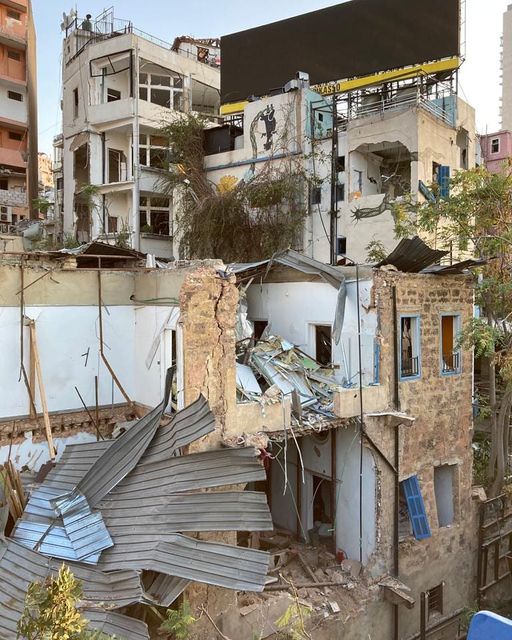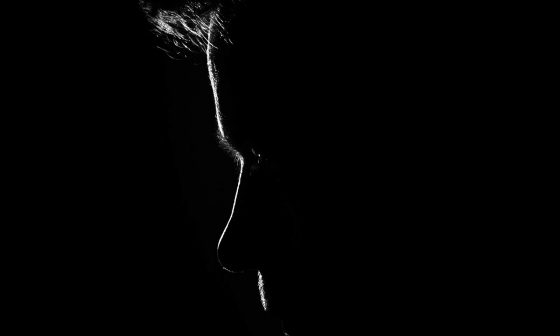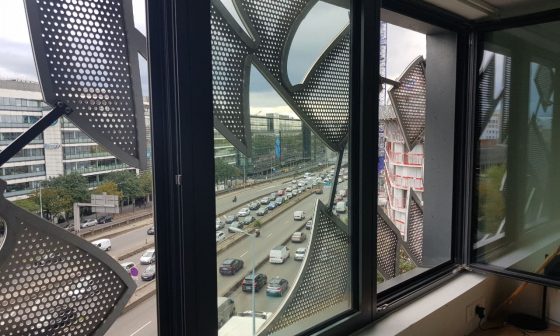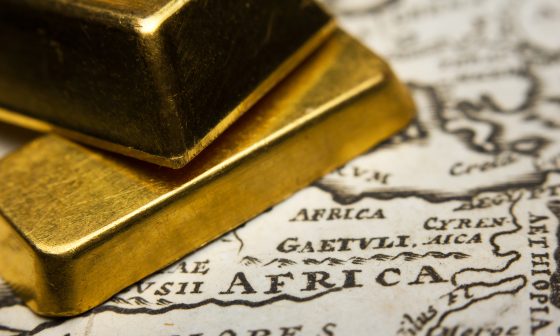On August 4, a double explosion in Beirut’s harbour destroyed several districts of the Lebanese capital, injuring 6 500 and killing more than 200 people, three hundred thousand Lebanese lost their homes. In addition to the physical damage, the explosion traumatised the Lebanese who, out of the sudden, at home or at work, were hit by the explosion that killed their beloved, destroyed their houses and left the country in a chaotic situation. Charbel Matta, Lebanese resident at CIUP, was in Beirut at the day of the explosion. He tells us about his personal experience. La Rédaction.
In the present article, I will try as much as I can, through my modest and incapable words, to draw you a general picture of what I have witnessed on the 4th of August 2020 in our beloved Beirut.
None of the following contains any sort of exaggeration or amplification for the sake of dramatization, nor do I proclaim any supreme objectivity as this reflects my own perception and personal experience of the event that ripped to shreds the heart of our country and its people.
The article consists of a series of descriptive chronological “screenshots”, graved in my mind and spirit from the moment of the explosion.
Just to provide you with some quick general background to further understand the state of mind of the Lebanese people, the average Lebanese in his twenties has already experienced/witnessed/survived at least a dozen of political assassinate explosions since the beginning of the 2000’s, in addition to the 2006 Israeli offensives and bombardments through all Lebanese lands, and not forgetting the continuously emerging foreign jihadists/terrorists extremists clashes and attacks every once in a while in several Lebanese regions and borders. The older generations have even survived more bitter experiences, including the Lebanese Civil War from 1975 to 1990, the Syrian occupation until 2005, the Israeli invasion of 2006, the constant internal and external conflicts and oppressions… Briefly, as Lebanese, we are sub-consciously in a vigilant state to “expect and accept” the worst inevitable incoming spectacle.
However, the 4th of August explosion that rocked the port of Beirut was by far the most catastrophic incident that took the misery of a country and its population to the next level. Everyone has probably seen several videos of the moment of the explosion and the following events to have an idea about the enormity of the massive blast. In accordance with the media records, the explosion was felt in several Middle East and European countries up to more than 250 km (160 mi) away, and it was detected by the United States Geological Survey as a seismic event of magnitude 3.3, considered one of the most powerful non-nuclear explosions in history.

Scene 0: Tuesday, August 4 at 6 pm, my colleagues and I are preparing to leave our office in Hamra (a 3 min drive away from Beirut port) at the end of the usual working day. 6:08 pm, I am walking on the street towards my car, when I notice in the sky some strange orange yellowish cloud flashing uncommonly from behind the tall buildings facing me from the Beirut sea side area. It was probably the matter of seconds or less but I remember very well, (one) ignoring it at first instance and continue walking normally for a few steps, (two) feeling the extraneous induced blast wave shocking me from both sides, and then (three) hearing the massive booming of the explosion that shook the hell out of me. Like a crazy three year old boy, I started running in the middle of the road in the opposite direction. In my confused background mind, I just realized it was an explosion, and I directly started associating it with a certain political assassination event, as the general political and socio-economic situation in Lebanon was favorable for such a scenario (unfortunately it was much worse). When I looked back a few seconds later, all the glass from the vitrines behind me had fallen on the ground, most windows of the high towers had fallen or was hanging with threads on the outside, all the cars had their windows shattered, but I was not hurt.
Scene 1: I am back in front of our office building, near the Banque du Liban which is a secured area, and where security army officers got out on the street with some of them with only their underwear on and guns on their waist, trying to realize what had just happened. Moments later, we began to realize the real misery of the awful incident. We started seeing injured people in their cars or on their bikes driving and shouting on their way to the hospitals with scratches on their body, on their heads and on their distorted faces. Ambulance sirens were heard everywhere, and all we could see was chaos. The phone and internet network had gone down, so nobody near me could know what had exactly happened and we couldn’t communicate with anyone to see if they were safe or not.
Scene 2: Around 7:30 pm, I am in Ashrafieh, everything is destroyed around me, complete chaos. Blood, shattered glass, demolished buildings, smashed cars… I can’t even see the asphalt on the roads. Injured people are everywhere around me. All I can hear is screams and shouts, with continuous ambulance sirens in the background along with the buzzing of the helicopters that were deployed to start extinguishing the explosion fire in the port. The streets were all closed in Beirut, either with fallen concrete blocks, ruins, trees, smashed cars, or with the traffic of people rescuing themselves or their loved ones to the hospitals. The civil people are taking care of the many unfortunate injured ones on the spot, as the ambulances and medical emergency teams couldn’t cover the massive need for rescue and help.

Scene 3: The phone network is back, so I call my mother to tell her I am okay and I check on my colleagues and friends that live in the area (luckily, none of the people I know was severely injured). I was informed that the Saint George Hospital (Roum hospital) was hugely damaged and any sort of help was urgently needed there. When I arrived there, I saw the most traumatizing, catastrophic, disastrous scene that I could imagine. The hospital building was completely destroyed and deprived from power. Ambulances and medical staff were working on evacuating the patients that were already in the fifteen-floor hospital: by the time of the explosion, there were old people in intensive care rooms or medical machines, patients under operations, women in labor, children and cancer patients (this was the case of two other hospitals also in Beirut)… Doctors and nurses were treating the incoming injured people on the streets and in a nearby parking lot. The average and minor injuries and open wounds were treated on the spot with the surgical staple gun or quick stitches without any anesthetics. Many cases were more critical and needed immediate intervention, so operation spaces were mobilized outside, and as it started to become dark in the night, doctors were operating under the light of the cell phones.
Scene 4: Some people couldn’t be rescued; there are dead people on the floor, covered with sheets and blankets, some of them are severely burnt or disfigured, and others were recognized from the stuff they had in their pockets. People are coming to ask about their friends, their parents or their children, to check if they are among the living or the dead. I return home around 3:30 am, people all over Lebanon were invited to rush to the nearest hospitals for blood donations as there were more than 6 000 injured caused by the explosion. Beirut was demolished, knocked down, people were murdered and massacred inside their homes, inside their safe space, we lost everything, in just seconds.
Scene 5: The light of the grieving sunshine the next day, revealed the horror of the clearer picture of the induced damage. Funerals were taking place in the entire country, people are fueling up on mixed feelings of anger, mourn, sorrow, betrayal while burying their loved ones. At the same time, we see hope and will on the face of all the young people who went down on the streets of Beirut to clean up all the damage, to restore the houses, to help the ones in need… but the responsible for this terrible crime should pay the price.
Scene 6: Saturday August 8 around 5 pm, thousands of Lebanese are on the martyr’s square and streets of Beirut screaming and shouting against the government and pouring their anger against whoever is responsible for this crime.
Moments later, as the movement began to rise, army and internal forces officers were deployed, followed by rubber (and live) bullets that were shot at us, along with tear gas bombs and physical power to try to disperse the people and suppress any potential protest or revolution. This is how is covered the crime of massacring a whole nation.







1 comment
Comments are closed.